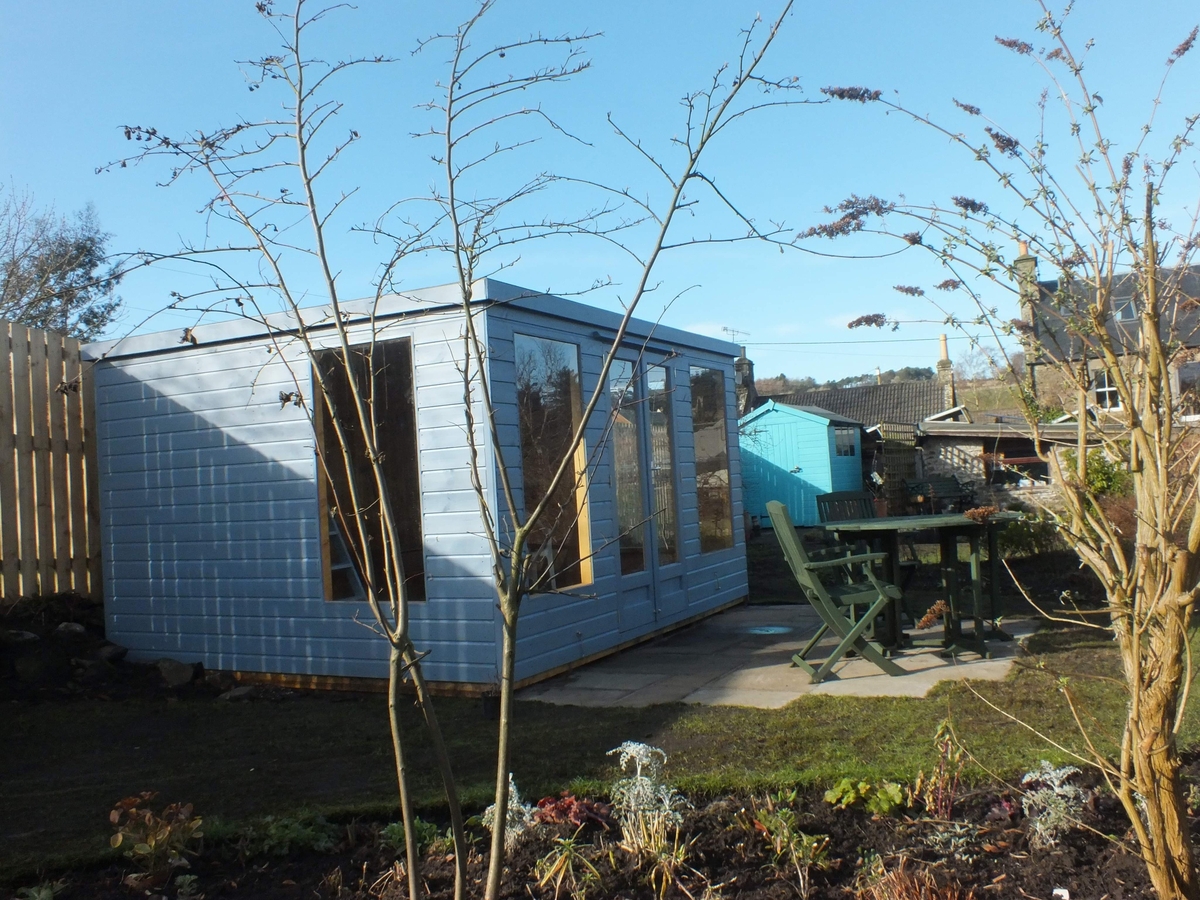March 23
March 23
Last month I talked about making changes in the garden and thought I would continue that theme. As gardens age and the years pass, plants and trees can outgrow their allotted space. Also, many people trim them, and over time they bear no resemblance to how they should look. Some end up looking like lollipops, or they have been trimmed flat on the top. They have grown into one another and even become a type of hedge. Conifers that were purchased as ‘dwarfs’ are now towering over the house, and many have become so big that they have killed everything else off.
This is when it becomes necessary to make the decision to try and get it sorted out and to have the garden looking good again. I would say it’s time to call in Tidy Gardens, but if you prefer to tackle it yourself, then you would need to decide what you can do and what you may need some help with. Unfortunately, most people leave it a bit too late, and the only answer is to get some help and advice. Some shrubs will still recover even after being severely cut back, while others won’t.
So, firstly identify the ones that will grow back and those that will not. If cut too far back, most conifers will not recover and will need to come out or at least cut to the ground. If you think you can get it out on your own, a tip, do not cut it down to the ground. Trim off all the side shoots and leave at least 4-5ft of the trunk. This will help give you some leverage by pushing back and forth to loosen the grip and tear the roots and then come out. With most shrubs that are ‘top heavy,’ you can prune them back to the crown, and in a wee while, new growth will appear lower down, and they will soon re-establish. Where the ground has been covered by the overgrowth, you will need to dig it over and let some air into the ground before replanting with new plants and or shrubs.
There comes a time, too, when you may need to re-edge the lawn or redefine the edges of a path or bed. Sometimes over time, slabs can become uneven and become a trip hazard. However, they are generally relatively easy to lift, move the sand around, and relay. A tip here for recycling your empty bottles, why not use them as an edge by placing them neck down and touching each other the result will be a colourful and different edge to your path.
Decking is still a popular base for a seating area. However, I tend only to use it if the ground is sloping. Therefore, they can be transformed into a usable space that can be fully utilised. I mentioned last time that we lay a lot of Sandstone patios, and we are currently enlarging one such area at Fairbairn House just now. We had a patio in front of the Summer House, which was fine, but we purchased a larger table and chair set and needed more space. Reluctantly, I have had to lift quite a bit of turf to allow for more slabs to go down, but the extended patio will be lovely. Then, in turn, it allows for some rejigging of plants and a wee bit of design change.

Having lifted the turf, there are two options. One is to place the turves upside down in the compost heap or stack them in a pile. Either way, they will make good compost. The second option is to use them to repair grass paths or worn patches in the lawn or reduce the size of a bed.
I hope the above will be helpful, but if you need help, you know where to get us.
Ewen
- Tagged as:
